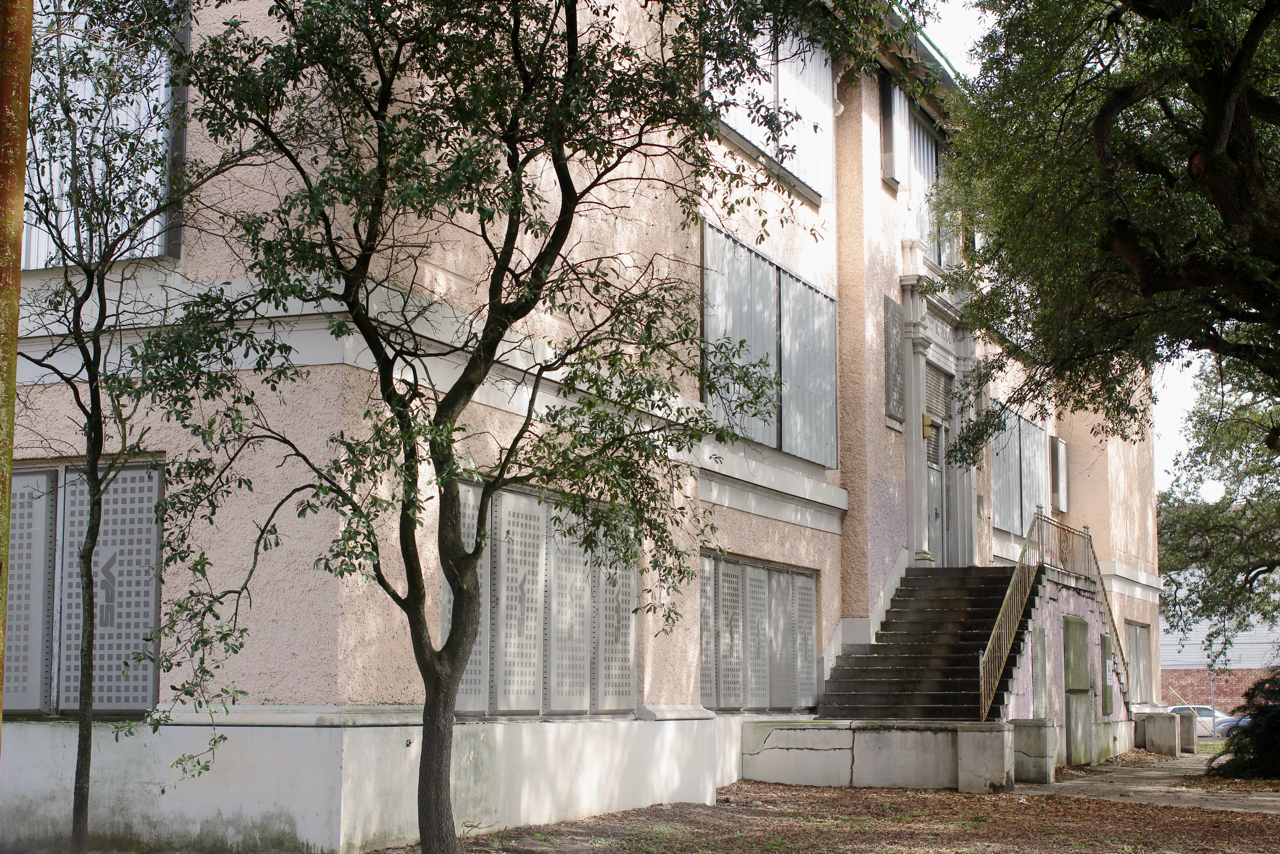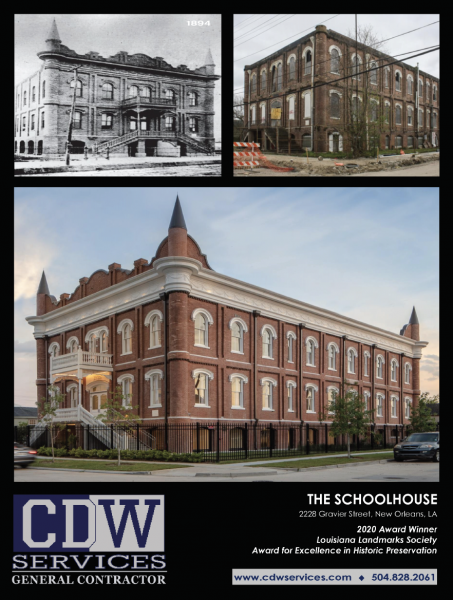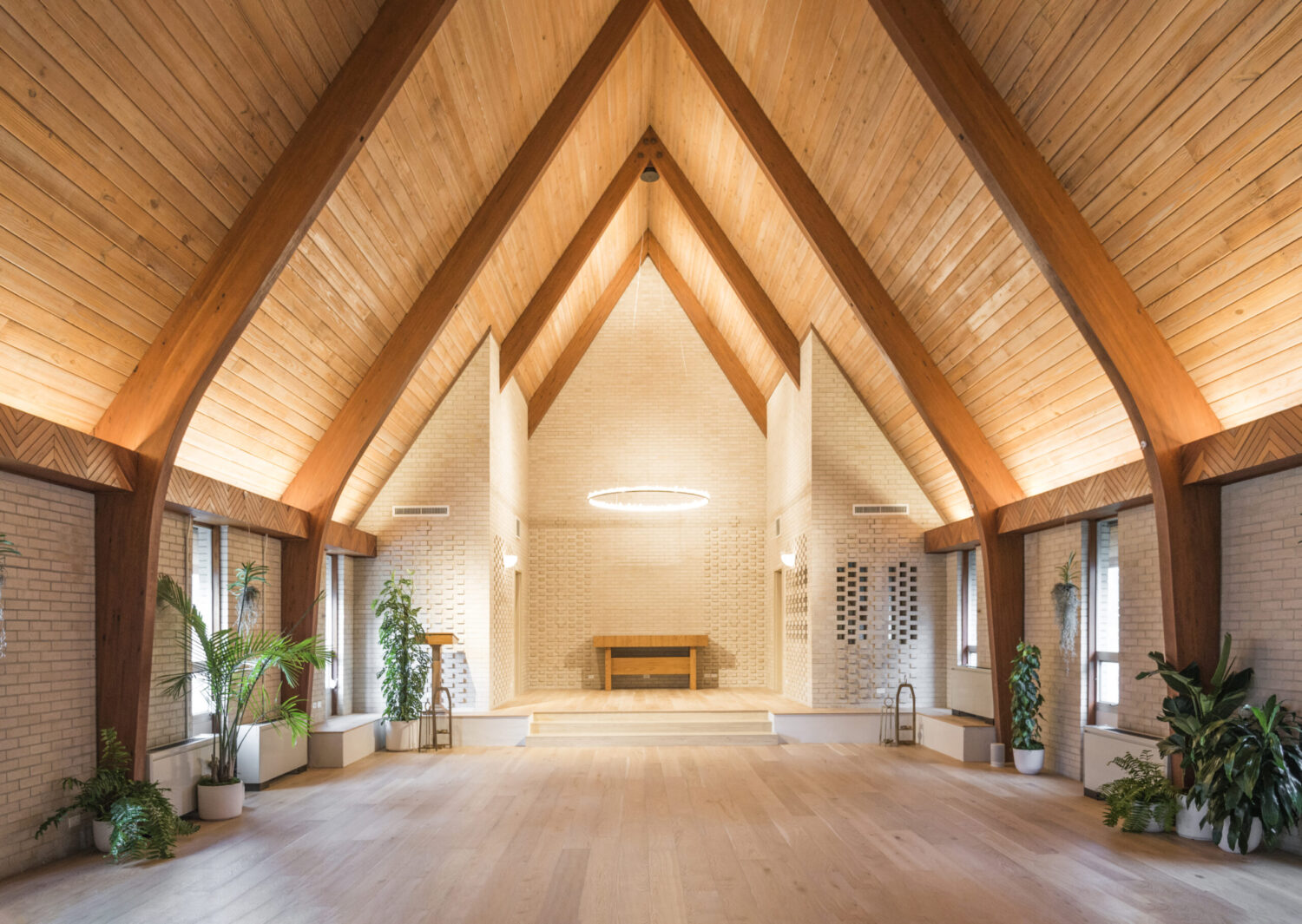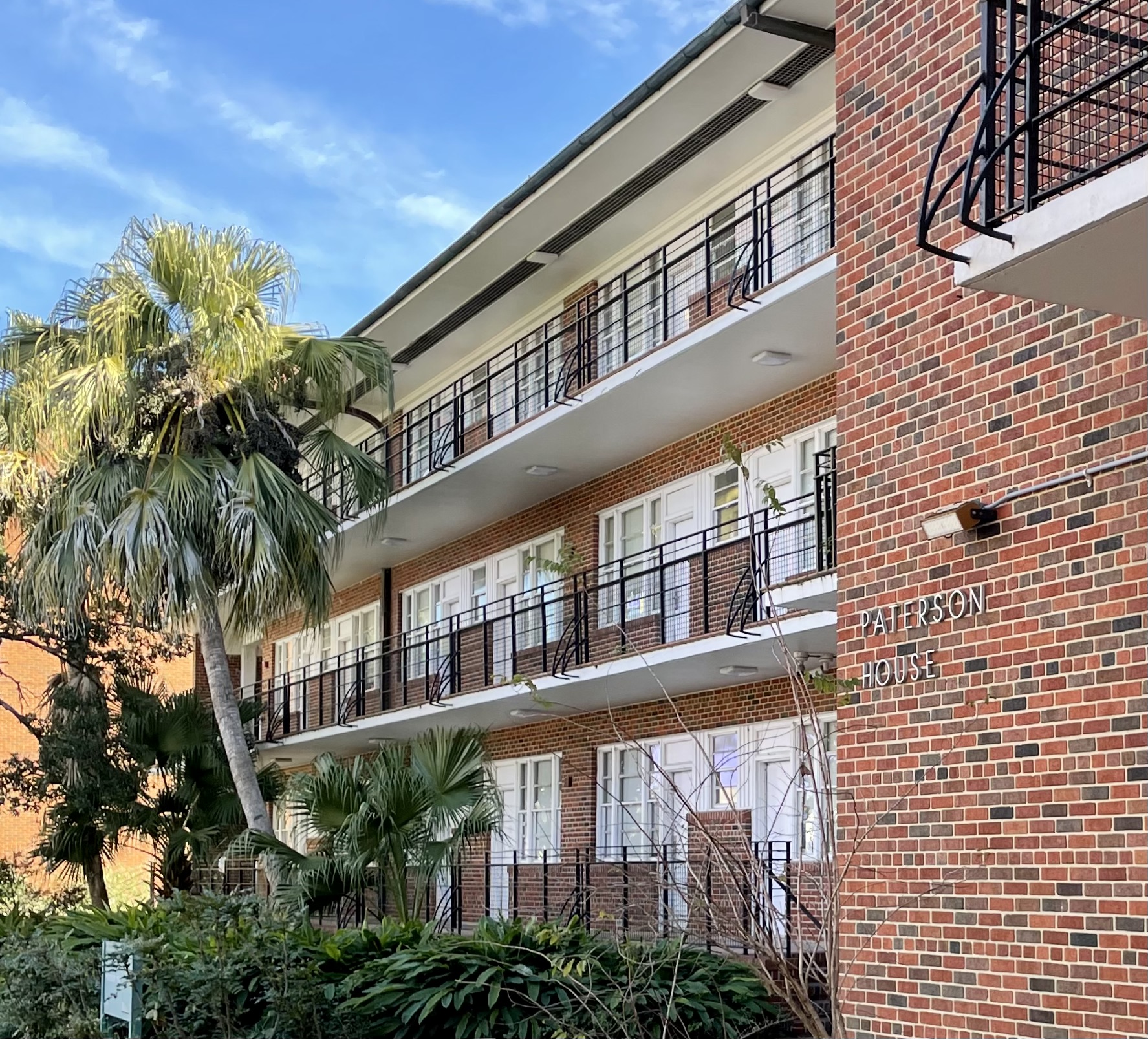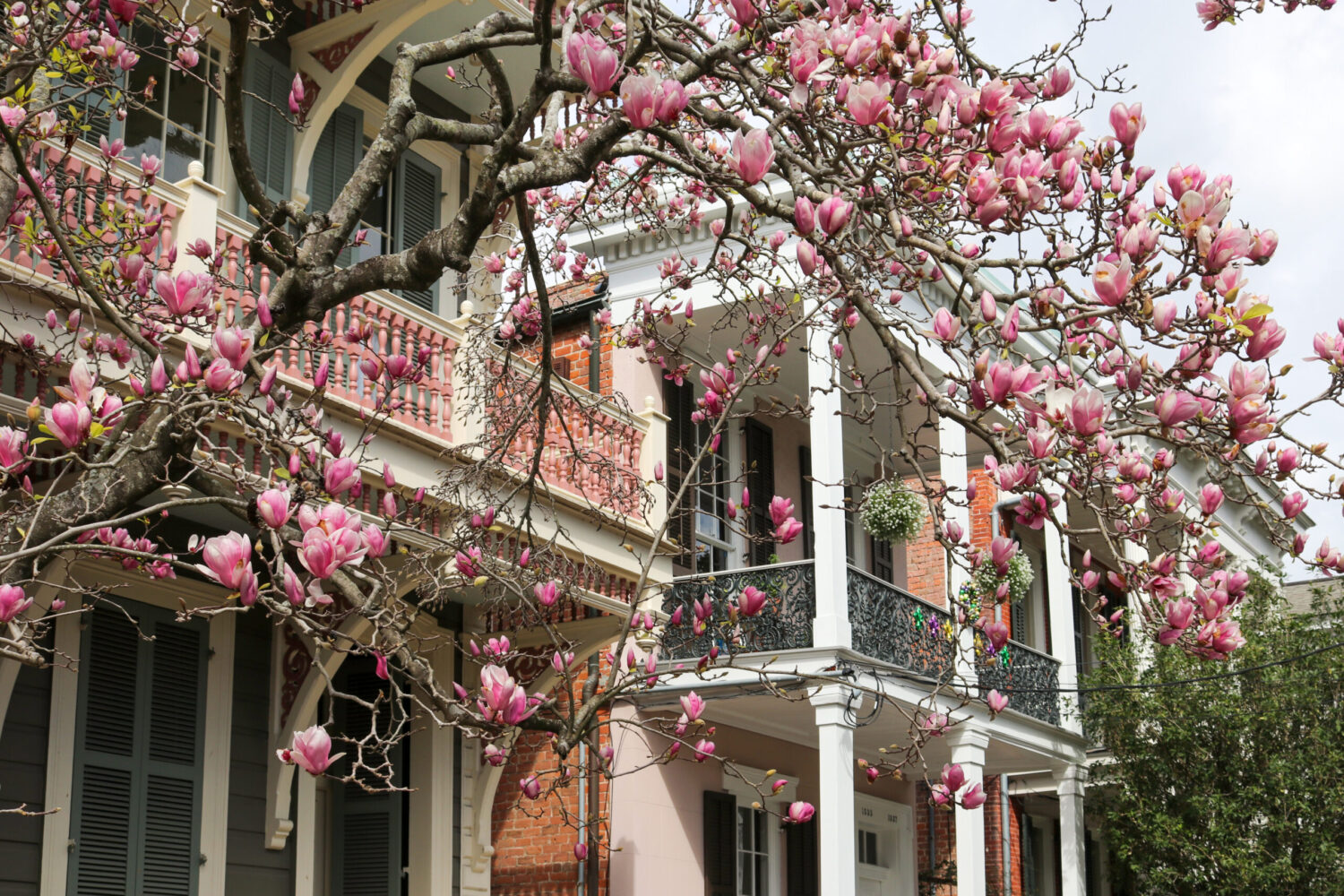This story appeared in the March issue of PRC’s Preservation in Print magazine. Interested in getting more preservation stories like this delivered to your door nine times a year? Become a member of the PRC for a subscription!
NATIONAL TRUST ACTION FUND LAUNCHES PRESERVING BLACK CHURCHES PROJECT
The National Trust for Historic Preservation’s African American Cultural Heritage Action Fund is launching the Preserving Black Churches Project, thanks to a $20 million grant from the Lilly Endowment Inc. Over the next three years, the Action Fund will partner with more than 50 churches nationwide for “grant-making, technical assistance, and multi-year projects,” according to a press release from the National Trust. The program will work with churches that “are now suffering from threats of deferred maintenance, insufficient funding, aging and decreasing congregations, and/or sitting vacant or slated for demolition.”
The project “will leverage historic preservation as a tool for equity and reconciliation and celebrate historic Black churches with active congregations as well as those with new uses as centers of civic pride and cultural value,” the press release said. For information about the Action Fund’s programs and grants, visit www.savingplaces.org/blackchurches.
DDD OFFERS GRANTS FOR FAÇADE IMPROVEMENTS
The Downtown Development District’s Façade Improvement Micro Grant Program helps local businesses to improve their windows, signage and exterior lighting. “The program is designed to increase customer traffic, enhance pedestrian safety and improve the visual appeal of the street,” the DDD website says.
Exterior renovations and improvements must be approved by the Central Business District Historic District Landmarks Commission. “The Micro Grant Program will provide a grant of 60 percent of eligible project costs, up to a maximum $10,000 in expenditures. A maximum $6,000 is eligible for reimbursement to the applicant under the guidelines of this program,” the DDD website says.
Eligible improvement projects include:
- Sign repair/replacement
- Awnings
- Improved retail window displays
- Exterior and interior lighting that can be seen from the street
- Street furniture: tables and chairs, topiaries, string lights, planters and stanchions.
Visit downtownnola.com for details and application.
MCDONOGH 19 GETS CIVIL RIGHTS TRAIL MARKER
The former McDonogh 19 Elementary School, now the Tate, Etienne, Prevost Center, is officially part of the Louisiana Civil Rights Trail. In February, the state installed a new Civil Rights Trail marker to commemorate the site as one of the initial two schools selected to be desegregated in New Orleans. Leona Tate, Gail Etienne and Tessie Prevost were six years old when they integrated the school on Nov. 14, 1960. They were known as the McDonogh Three. “U.S. Marshals escorted the girls every day, and they were the only students to attend the school for months. The girls had recess indoors, ate under staircases, and the windows were covered at all times,” Lt. Gov. Billy Nungesser’s office said in a press release.
The McDonogh 19 Elementary School marker is located at the entrance of the girls’ former first-grade classroom at 5909 St. Claude Ave.
“The Louisiana Civil Rights Trail markers are placed in cities and towns across Louisiana depicting the significant role the state played in shaping American history during the 1950s and 60s and drawing attention to the courage and commitment of the leaders of the movement,” Nungesser’s office said.
The first markers were installed in 2021 at Little Union Baptist Church in Shreveport, Dooky Chase’s Restaurant in New Orleans and the Louisiana Old State Capitol and A.Z. Young Park in Baton Rouge.
LOUISIANA LANDMARKS SEEKS NOMINATIONS FOR “NEW ORLEANS’ NINE” LIST
The Louisiana Landmarks Society seeks nominations for its 2022 New Orleans’ Nine Most Endangered Sites list, an advocacy project that brings attention to historic properties that are in danger of being lost. To be eligible for listing, endangered sites must be in the New Orleans metropolitan area. Eligible listings include individual places, collections of publicly or privately owned buildings, communities, civic structures, parks, recreational properties and any culturally or historically significant site, element or resource, both built or natural, according to the Louisiana Landmarks Society website.
“The New Orleans’ Nine brings much needed attention to historic places that may be threatened by demolition, neglect or bureaucracy,” said Sandra Stokes on the Louisiana Landmarks’ website. “Once lost, our city is culturally diminished. Our hope is to spotlight these assets to encourage their return as architectural and economic resources for the community.”
The deadline for nominations is March 15. Nominations can be submitted at www.louisianalandmarks.org.
Advertisements




